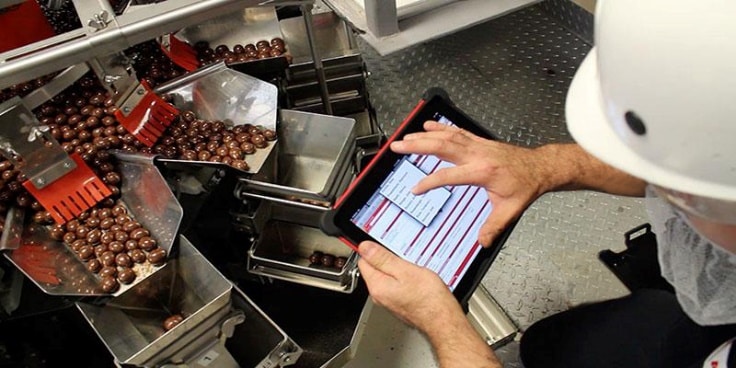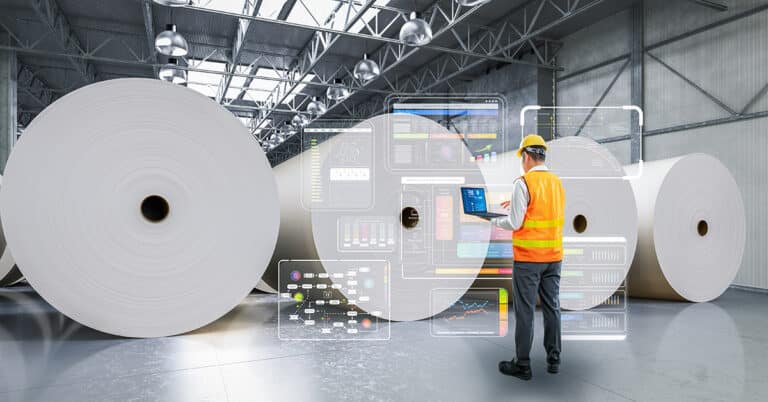Maintenance management in manufacturing plays a key role in keeping facility operations up and running. As an integral part of facility operations, maintenance processes and information such as task tracking, timelines, schedules and technical data should be treated as a critical operations priority, with the appropriate level of resource allocation.
There are several ways to manage maintenance. Too often, however, facilities choose to take the path of least resistance: a spreadsheet program such as Excel. Excel is, without a doubt, an incredibly powerful piece of software, and it is almost always already available to a facility as part of its core software infrastructure (and, thus, viewed as a “free” solution for maintenance management). Though when compared with another maintenance management option — a computerized maintenance management system (CMMS) — Excel should no longer be such a clear-cut, easy choice. Here, we will look at CMMS vs. Excel, the benefits of using CMMS vs. Excel, and how facilities can gauge their return on investment to choose the best option.
CMMS vs. spreadsheets: How to choose
Now, we will look at the benefits of a CMMS as compared with using a spreadsheet program such as Excel.
Excel
- What is it? Excel is a spreadsheet software program that allows users to input and manage data. Using manually entered formulas, Excel also includes data analysis capabilities.
- How does it work? Excel is extremely versatile software with a broad learning curve: Although nearly anyone can input raw data into an Excel spreadsheet with minimal training, the more powerful features of Excel require extensive experience and knowledge.
- What are the benefits? Most facilities view Excel as “free,” since they already have it installed on their network. Excel’s versatility is also viewed as an asset, although spreadsheets and formulas must be manually set up and created from scratch.
CMMS
- What is it? A CMMS is a software solution that is preconfigured — and customized — to serve the needs of manufacturing maintenance management. The CMMS is ready to use, with various modules and interfaces available for tasks such as maintenance scheduling, work order management, inventory and supply chain management, and more.
- How does it work? CMMS users — maintenance managers and technicians, as well as other stakeholders — log into the CMMS program or app to a user-friendly interface to access the area of the system they need. Here, they can complete tasks such as inputting data or information or accessing ready-made reports or analytics.
- What are the benefits? A CMMS is intended specifically for manufacturing maintenance and is configured as such. Rather than the “blank slate” of a spreadsheet, the CMMS is equipped with prebuilt interfaces that allow for more intricate management, without the need for manual configuration. CMMS reporting and analytics are also included. Further, modern CMMS software is built with connectivity and access in mind, available to multiple users at once through numerous methods.

Below, we will explore several more advantages of CMMS software:
- Automated tracking: A major downside of a spreadsheet program such as Excel is that maintenance management is entirely manual. From equipment breakdown data entry to maintenance schedule communication, everything must be communicated to or from the person responsible for managing the spreadsheet (and in facilities where a spreadsheet is in use, it often is just one or two people who hold this role). With a CMMS, data can be transmitted automatically to and from the system, thanks to distributed access via apps and separate logins, without the need for separate lines of communication.
- Real-time information: Although spreadsheets can offer powerful data analytics through formulas, this information is only available when the spreadsheet manager has the time to communicate it. With a CMMS, anyone with access can log in at any time to see the most up-to-date scheduling, data, inventory and other information — including real-time equipment performance data when industrial sensors are in use.
- Centralization: A CMMS provides a “single source of truth” for all things maintenance-related — without the need to worry about multiple versions of a spreadsheet and multiple sources of information.
- One-stop, on-demand reporting, analysis and data: With a spreadsheet, to provide analytics or reports, additional manual steps must be carried out, especially if data is to be made “presentation-ready.” A CMMS generates this information at the click or tap of a button at any time, without the need for any additional work on the part of the requester or a maintenance manager.
With over three decades of experience in industrial maintenance, ATS offers interactive technology such as CMMS to provide you with benefits such as increased equipment reliability, production efficiency and improved productivity. For more information, contact ATS today.






